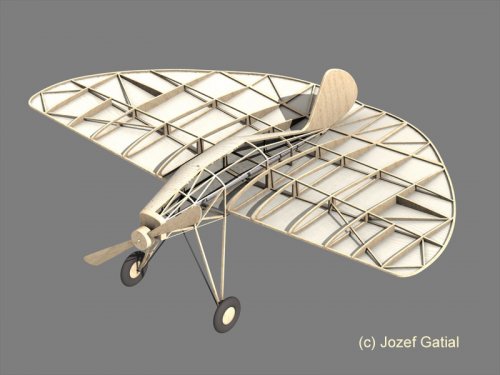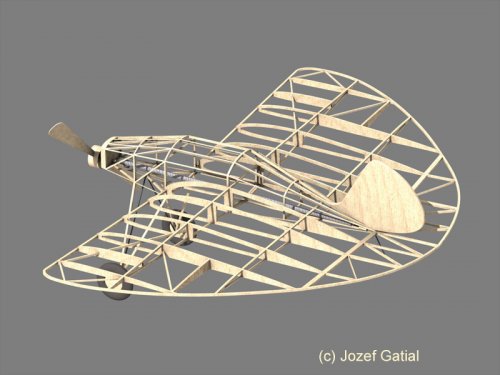Does anyone know of any projects using very simple stealth solutions like a light composite (or even wood, nature's composite) airframe, no engine and almost no metal?
For example, assuming that high explosive itself is not visible to radar, I could see such a solution being attractive for a long-range glide bomb as a cheaper and stealthier alternative to a cruise missile. A sailplane-like glide bomb with a 20:1 glide ratio could glide 75 miles from 20,000 feet. Even without exotic materials and techniquies, if the only metal were a few actuators, sensors, etc. there wouldn't be much for radar to see.
It would also work for one-way special forces delivery, but there there doesn't seem to be much interest in assault gliders these days.
Thoughts?
For example, assuming that high explosive itself is not visible to radar, I could see such a solution being attractive for a long-range glide bomb as a cheaper and stealthier alternative to a cruise missile. A sailplane-like glide bomb with a 20:1 glide ratio could glide 75 miles from 20,000 feet. Even without exotic materials and techniquies, if the only metal were a few actuators, sensors, etc. there wouldn't be much for radar to see.
It would also work for one-way special forces delivery, but there there doesn't seem to be much interest in assault gliders these days.
Thoughts?




